Fmcg Personal care products all use to look smart confident and beautiful.
What is Beauty and Personal Care? Why is Beauty and personal care Necessary?
What do you want to know about beauty and skin care?

Skin is one of the largest organs of the body. Because of this, caring for your skin can directly affect your overall health. Your skin acts as a protective shield and is most vulnerable to outside elements. It’s affected by more factors than you may think. For instance, the following can play a role in your overall skin health:
exposure to UV radiation in tanning beds
exposure to chemical toxins in tobacco
unprotected sun exposure for long periods of time
not getting enough rest, fluids, or nutrition

aging
There are steps you can take to ensure you have healthy skin. They include the following:
Cleanse regularly, typically twice daily.
Apply a toner after cleansing if you have oily skin.
Apply a moisturizer if you have dry skin.
Exfoliate to remove dead skin cells and brighten up your complexion.
Besides a daily skin care routine, make it a habit to examine your own skin for abnormalities, discolorations, or any other changes on a regular basis. Have your skin examined by a doctor or dermatologist annually for any changes, or if:
you have fair skin or many or large moles
you are in the sun or use tanning beds
you have a history of skin problems, irritations, or growths
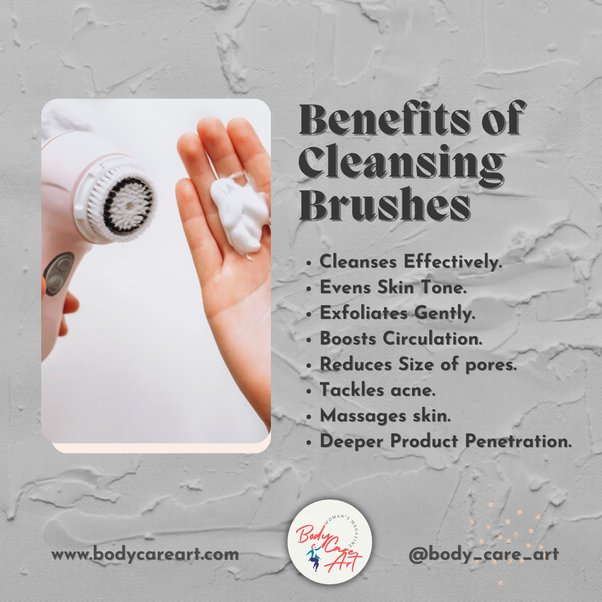
It’s also important to protect your skin from too much sun and sun damage, which may increase wrinkles as well as lead to skin cancer. Cover your skin or use sunscreen to protect your skin from the damaging rays of the sun. See your doctor or dermatologist if any skin irritations or problems arise.
Beauty ideals, fashions and regimes vary from region to region. For example, while white women in the US and UK tend to prefer a sun kissed look and are the largest global consumers of self-tanning products, women in China and Japan have a preference for pale skin, and are willing to pay premium prices for whitening creams and treatments. Euromonitor International’s Beauty Survey of 2016 found that women devote a considerable amount of time to their looks. Globally, 31% of women spend at least 15 minutes of the day styling their hair, while 26% spend at least 15 minutes a day removing body hair, and 24% applying make-up. The increased emphasis on image, combined with rising incomes in emerging markets, indicates significant potential for targeting women of all ages with appearance-enhancing products and services, such as skin and hair care, cosmetics, fashion, slimming aids and fitness products. The global market for beauty and personal care grew steadily over the review period, to reach USD586 billion in 2019, up 10% in real terms compared with 2023
Understanding skin care products
There are many products out there that are presented as a surefire way to turn back the clock, permanently melt away cellulite, reduce wrinkles, and more. Pay attention and do your research to decide whether a product is really necessary for the health of your skin or if it’s potentially harmful. Ask your doctor for advice, too.
The U.S. Food and Drug Administration (FDATrusted Source) regulates many products. It must regulate products that change a person’s physical structure or biochemical processes within the body.
Products that are classified as cosmetics or dietary supplements are not regulated. Examples of these include:
moisturizers
hair coloring
toothpaste
deodorant
vitamins
herbals
enzymes
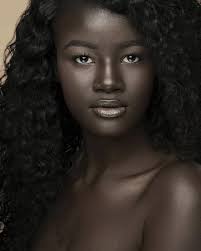
Many women are starting to challenge existing beauty norms. The Dove Global Beauty and Confidence Report found that while 60% of women feel the need to meet certain beauty standards, 77% agreed that it is important to be their own person and not imitate anyone else. 83% of women said they want to look their personal best, rather than follow another person’s definition of “beautiful”, while 83% agreed that each woman has something about them that is beautiful. Furthermore, 71% of women want the media to make more effort to portray women of diverse physical appearance, age, race, shape and size.

Despite the surging popularity of online make-up tutorials, Euromonitor International’s Beauty Survey of 2016 found that among all age groups, many women (45%) prefer a natural look with “barely” there make-up. Younger women were far more likely than older age groups to wear heavy or moderate make-up (21% of both 15-29 and 30-44 year-olds). Among all women, heavy or moderate make-up was worn most commonly in China (24%), followed by Germany and Mexico (both 23%). Australian women were most likely to go make-up free (23%). Colour cosmetics experienced robust growth over the review period, driven by new product innovation and rising demand from digitally savvy younger women, who are actively interacting with brands and other users via social media.

Smooth skin routine
Your lifestyle doesn’t just affect your overall health. It affects your skin’s health, too. Here are some healthy living tips that can help you enjoy smoother skin longer:
Staying hydrated. Though it’s not entirely clear exactly how drinking water is able to improve your skin, there’s evidenceTrusted Source that it does. Drinking water improves your skin’s elasticity and reduces signs of dryness and roughness, resulting in smoother skin.
Eating foods high in antioxidants. Antioxidant-rich foods have a protective effect on the skin. These foods include leafy greens, yellow and orange fruits and vegetables, and fatty fish, such as salmon. There’s also evidenceTrusted Source that adding probiotics to your diet may help treat and prevent skin conditions, such as eczema and acne, as well as skin damage caused by ultraviolet (UV) light.
Exercising. Animal and human studiesTrusted Source have shown that regular aerobic exercise can improve the skin’s composition. It makes the skin’s outer layer thinner and thickens the inner layers — the opposite of what happens as we age. This results in smoother, younger-looking skin.

Getting enough sleep. Beauty sleep really is a thing! Your skin, like the rest of your body, repairs itself during sleep. Increased blood flow and collagen production are just a couple things that occur during sleep and help repair UV damage and reduce sun spots and wrinkles.
Protecting against the effects of the sun. UV rays damage your skin cells’ DNA, leading to premature aging, dryness, and a higher risk of skin cancer. Use sunscreen, limit your time in the sun, and wear protective clothing. Steer clear of tanning beds, which do more damage than the sun, according to the Food and Drug Administration (FDA)Trusted Source.
Not smoking. Internal and external exposure to tobacco smoke causes premature skin aging and wrinkles, and a higher risk of skin disorders, including acne and psoriasis. It also impairs your skin’s ability to heal itself. Quitting smoking can be difficult, but a doctor can help craft a cessation plan that’s right for you.

Drinking less alcohol. Alcohol consumption has been linked to skin photodamage, which is damage caused by sunlight. Drinking too much can also cause dehydration, which causes dry skin and premature aging. To reduce the effects of alcohol on your body and skin, limit your drinks to one or two per day.
Does FMCG include beauty?
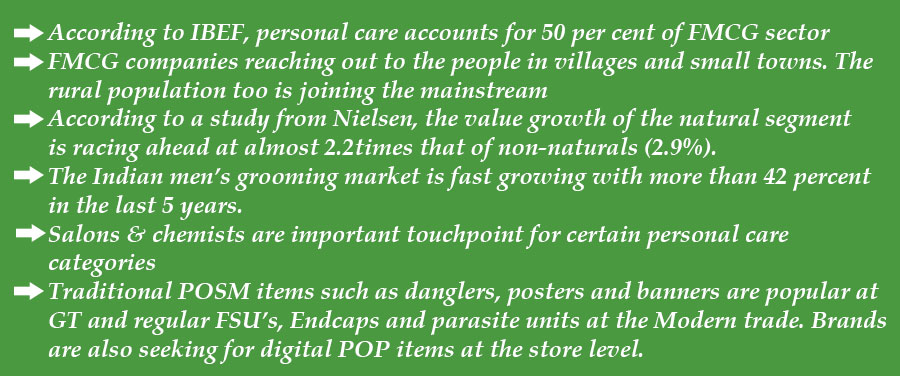
What is considered a personal care item? Is personal care a beauty? What is another word for personal care?
Healthy skin products
There are a number of over-the-counter (OTC) products available to help keep your skin smooth. Be sure to use products that are right for your skin type for the best results.
Skin exfoliators. Scrubs can help slough away dead skin cells that can build up on your skin, causing it to feel rough and look uneven. To exfoliate safely, apply scrub in a slow circular motion using very light pressure, and only exfoliate once a week.
Alpha hydroxy acid (AHA). AHAs are plant and animal acids used in skin care products. They exfoliate, promote collagen and blood flow, and improve the appearance of wrinkles. They’re also used to treat acne and skin discoloration.
Moisturizers. Moisturizer adds an extra layer of protection on your skin and helps it stay hydrated. Choosing a facial moisturizer and applying it daily can help to keep skin smooth. Don’t forget to apply a moisturizing body lotion to help keep the rest of your skin smooth.

Dry brushing. Dry brushing involves using a natural, stiff-bristled brush to exfoliate the skin. Use the brush on dry skin, and brush in long fluid strokes on your limbs, and in a circular motion on your back and torso.
Mild, gentle cleansers. The American Academy of Dermatology (AAD) recommends washing your face with a gentle, nonabrasive, alcohol-free cleanser in the morning and before bed, as well as after sweating.
Fast moving consumer goods (FMCG) is the 4th largest sector in the Indian economy. There are three main segments in the sector – food and beverages which accounts for 19 per cent of the sector, healthcare which accounts for 31 per cent and household and personal care which accounts for the remaining 50 per cent as per the report of India Brand Equity Foundation.

It is anticipated that the Product innovations, continued demand for naturally positioned products, premiumisation and consumer willingness to experiment with new products has helped drive value growth, and will continue supporting the industry in its development. Another significant reason is that the rural population too is joining the mainstream with advancement in linkages with the cities by roads, telecommunication and the firms or FMCG companies reaching out to the people in villages and small towns.
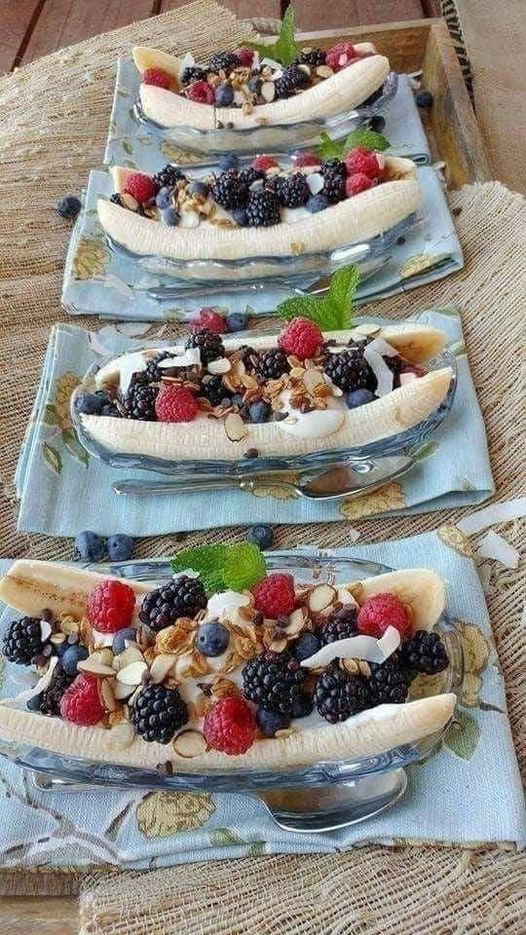
Smooth skin home remedies
Here are some home remedies that may improve skin health for a smoother appearance.
Honey. Honey is a natural exfoliator that also happens to have bioactive properties that may be beneficial in treating a number of skin conditions and reducing the appearance of wrinkles.
Coconut oil. Coconut oil is an effective moisturizer with anti-inflammatory and antimicrobial properties that may help also treat certain inflammatory skin conditions. Since it may clog pores, it’s best to limit its use to the body.

Oatmeal baths. Oatmeal baths can help your skin retain moisture and treat certain skin conditions. You can make your own oatmeal bath or shop for oatmeal baths online, along with other oatmeal skin care products for your face and body.
Essential oils. Some essential oils, when diluted with carrier oils, can be applied to the skin to reduce wrinkles and treat a number of skin issues. Some essential oils for wrinkles include lemon, rose, and jojoba oils.
Humidifiers. Humidifiers add moisture to the air to prevent your skin from drying out. It’s also an effect remedy for psoriasis. You can shop for humidifiers online.

What is personal care category? What are the uses of common personal care products?
What are the 5 main categories of cosmetic products?

What are the brand examples of personal care products?
Why is personal care important?
Fixation with beauty being smart and handsome: Men Women Boys and Girls are increasingly pressured into looking perfect, as well as older or younger than their real years, due to clever marketing and media bombardment with images of flawless celebrities and models.

Women are more empowered: With more women following careers, and female purchasing power at an all-time high, women are investing more in their self-image in terms of fashion, beauty products, cosmetic procedures, in order to feel more confident in themselves, or help further their careers.
The growing influence of the online guru: Beauty and fashion vloggers and reality TV stars offering “authentic” tips and tutorials are attracting ever bigger social media followings and are exerting increasing influence over digital-savvy Millennials, thus changing the face of beauty advertising.

Challenging beauty norms: Via numerous social media campaigns, consumers and celebrities are challenging traditional beauty standards, and are pushing the media and companies to portray more women of diverse physical appearance, age, race, shape and size.
Impact on consumer markets: Increased interest in appearance is driving a range of market sectors, from fashion,make-up and skin and hair care products to cosmetic procedures, fitness products and weight management.
Men who fall in the age group of 18 to 25, spend more money on grooming and personal care products than women in India. The objectives and necessities of today’s young Indian men are promptly developing. With a flow in disposable income, men are becoming more perceptive and permissive. In a developing trend in India, men are beginning to look at advanced grooming and personal care products made specifically for them,” highlighted the study of Assocham.

Smooth skin treatments
Medical treatments are available, depending on your needs and budget. Speak to a dermatologist about your options.
4 percent hydroquinone
Hydroquinone is a skin lightener that’s used to treat hyperpigmentation. It can also be used to treat other skin issues, including:
post-inflammatory marks caused by certain skin conditions

Chemical peel
Chemical peels remove dead skin cells so that the healthier, smooth skin beneath is revealed. It can be used to treat:
uneven skin
fine lines and wrinkles
scars
sun damage
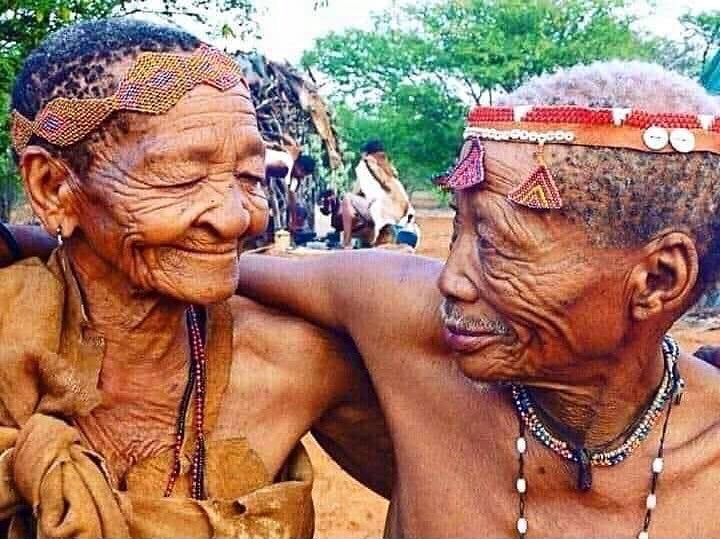
Microdermabrasion and dermabrasion
Microdermabrasion uses an applicator with an abrasive tip to sand away the outer layer of the skin. Dermabrasion is a more invasive procedure that removes the damaged outer layers of the skin.
Both can be used to treat:
fine lines and wrinkles
hyperpigmentation
acne scars
blackheads
enlarged pores
uneven skin tone and texture
Laser skin resurfacing

Laser skin resurfacing uses powerful light beams to remove damaged skin. It can be used to reduce the appearance of:
scars
stretch marks
burn marks
age spots
Dermal fillers or Botox
Botox and dermal fillers are injectable cosmetic treatments used for wrinkles. Botox works by relaxing muscles in the face to smooth out its appearance, while fillers use a gel-type substance to fill in lines and wrinkles. It also softens the contours of your face.

Beauty and personal care products list, personal care products list personal care products for female soap brands, beauty and personal care brands indian skin care products fmcg personal care companies in India
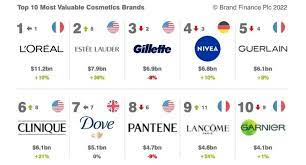
Major Players Dominating Indian Market
India’s personal care industry is primarily composed of hair care, bath products, skin care and cosmetics, and oral care. The top three players in the Indian market are international players, namely Hindustan Unilever, ColgatePalmolive India and L’Oréal India. The other international players with a strong presence in the Indian market include Gillette India, Johnson & Johnson (India), Reckitt Benckiser (India) and Procter & Gamble Home Products. All these companies have an extensive assortment of merchandise at varying price points across categories with worthy distribution networks. Domestic players are also very fast catching up the souk, gradually due to the development of the trends towards natural, herbal and Ayurvedic products. Prominent domestic players include Godrej Consumer Products, Dabur India, Marico, Wipro Consumer Care, Emami and Patanjali Ayurveda.
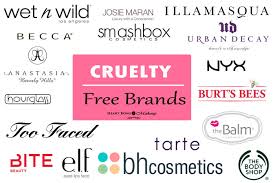
Brands such as L’oreal, Lakme, Maybellene, Nivea and Color Bar are being pushed as mass market products and focus on younger women and women with lower buying power, noted the study of Assocham. Beauty skin care products like Oxy Life, Fem and Gulabari are mostly targeted at young women between age group of 25-45 years mostly, who are primarily working women While these are little expensive products, the price barriers are also being broken both by the consumers and the manufacturers.
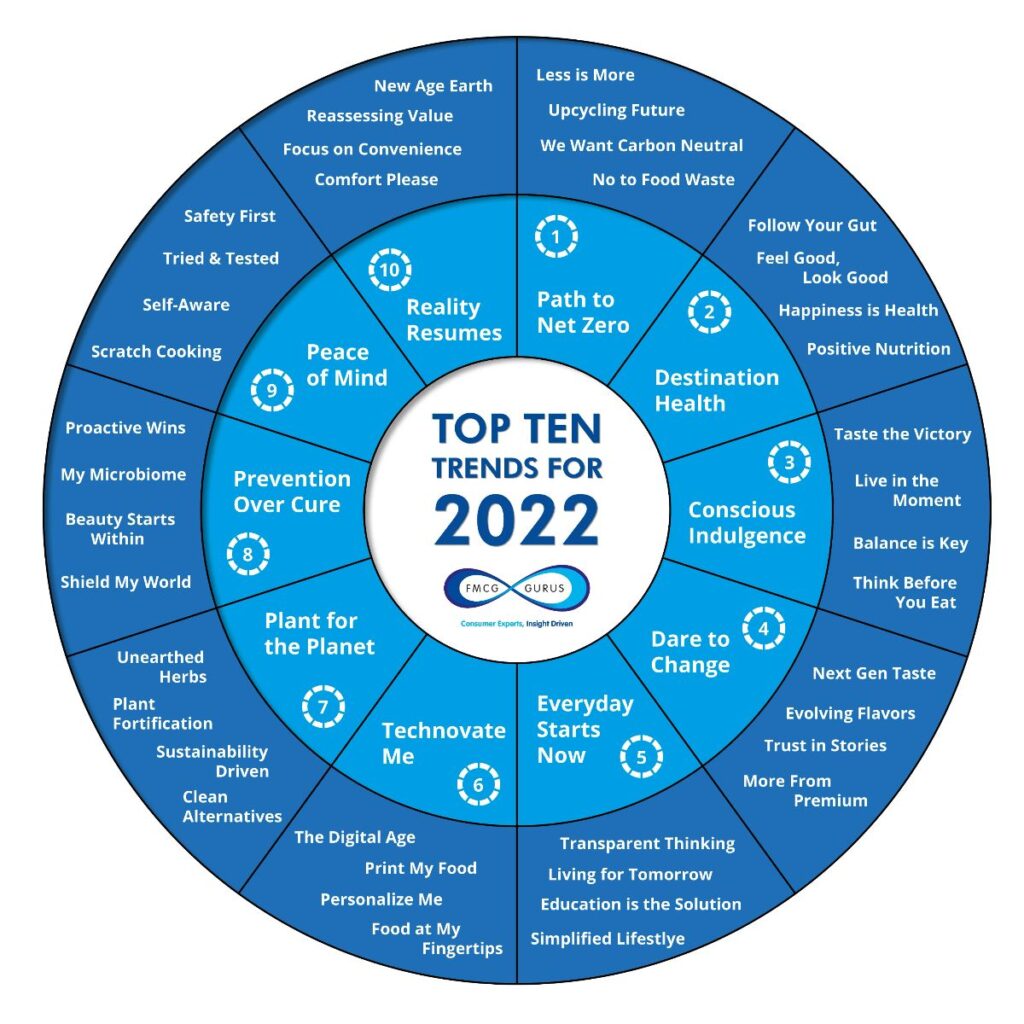
MARKET TRENDS
Growth of Natural and Herbal Products
According to the Nielsen retail index as published in Nielsen India Personal care Report, the natural personal care segment is estimated at INR 18,500 crores (USD 3bn) and comprises about 41% of total personal care sales. The value growth of the natural segment is racing ahead at almost 2.2times that of non-naturals (2.9%).
The key players in the beauty and personal care market launched products on the natural platform to tap into this emerging trend. Some of the notable new product launches witnessed in 2016 on the natural platform included Godrej No 1 Germ Protection Bar Soap, Dove Elixir Nourished Shine Hair Oil with Hibiscus & Argan Oil, Forest Essentials Amla, Honey & Mulethi hair cleanser, Colgate Sensitive Clove toothpaste, Colgate Cibaca Vedshakti toothpaste and Patanjali’s Saundarya Aloe Vera Gel with Kesar Chandan. This movement was observed across several beauty and personal care product categories during the last year and is projected to remain over the impending years.

Pre Covid Pandemic less than 2% of Indian households had previously used hand sanitizers. On an average, roughly 200,000 new households got added every week to the liquid hand wash and hand sanitiser consumption map over the past few months, according to market research firm Kantar.
The products in the immunity booster category is here to stay, Sales of Dabur’s Chyavanprash has zoomed—up 400% in the March quarter alone.
First-time buyers have emerged in small-town and semi-urban areas.

What is driving the obsession with self-image?
A recent McKinsey survey found that an overwhelming 91% of consumers reported trying a new shopping behavior. New product categories have emerged overnight. Several existing ones have new health and immunity claims.

The age blurring effect
Retiring later than ever before, being more active and seeking love or adventure in later life, and inspired by glamorous older celebrities, women want to look and feel good about themselves at all ages and are going to great lengths to preserve their youthful looks, physical and mental health and personal style. At the same time, Millennials are attempting to prevent the onset of ageing by beginning their skin care treatments at a younger age, opening up a whole new market for preventative – in addition to curative – beauty products and services. In addition, young girls are maturing at an ever younger age. Thanks to clever marketing and exposure to social media, girls as young as eight are already developing their sense of identity and are anxious to cultivate a sophisticated self-image.

Market Size To Seize In The Future
According to Assocham, the market size of India’s beauty, cosmetic and grooming market will reach $20 billion by 2025 from the current $6.5 billion depending on the rise in disposable income of middle class and budding desires of people to live a good life and look good. Point-of-Purchase looks at this flourishing vertical and brings you an overview of the growth factors, industry trends, in-store marketing strategies and viewpoints from some brands catering to the Indian market.
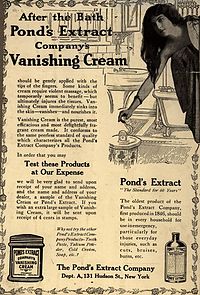
Pond’s Cream was invented in the United States as a patent medicine by pharmacist Theron T. Pond (1800–1852) of Utica, New York, in 1846. Mr. Pond extracted a healing tea from witch hazel [Hamamelis spp.] which he discovered could heal small cuts and other ailments. The product was named “Golden Treasure.” After Theron died, it would soon be known as “Pond’s Extract.”[1]
Top most festival Products FMCG consumers search today
World Wide Festive Trends Decoded What Indian festive consumers seek...
Read MoreHow right selection of FMCG Salesmen improves brand market share
How can FMCG Companies improve salesman’s technique in order to...
Read MoreHow most searched Fmcg sales and marketing words help newbie salesman
Why undestand FMCG sales management? Sales management is the process...
Read MoreHow Successful FMCG Salesman Starts his Day, a guide
How does one become a good sales executive in the...
Read More
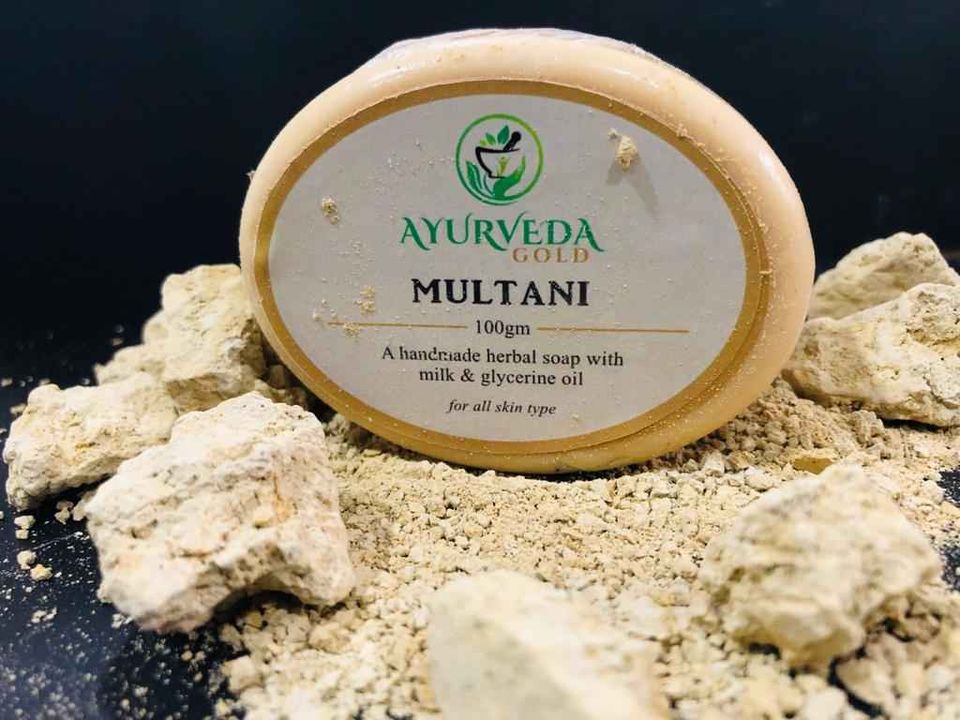
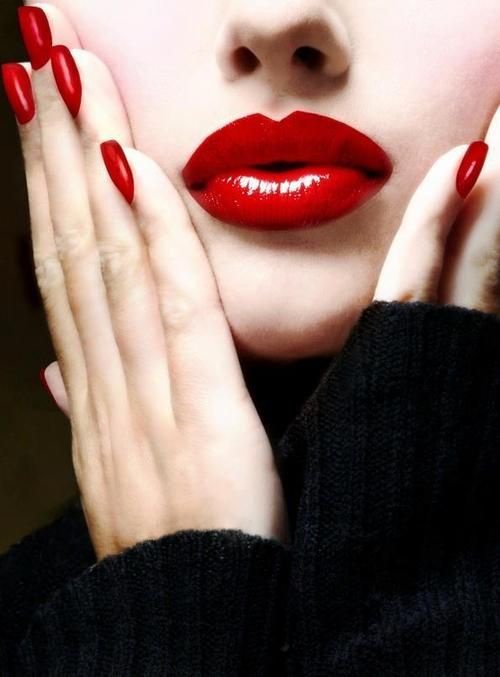


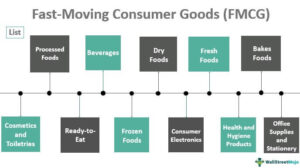




Pingback: Guide To How FMCG Salesman Must Self Motivate And Succeed
Thank you for this article. I would also like to state that it can be hard when you find yourself in school and merely starting out to establish a long credit score. There are many pupils who are simply trying to pull through and have a lengthy or beneficial credit history is often a difficult matter to have.
Thank You! for your Kind words.
Pingback: FMCG Basic Sales Terms New Salesman Knows For Good Results